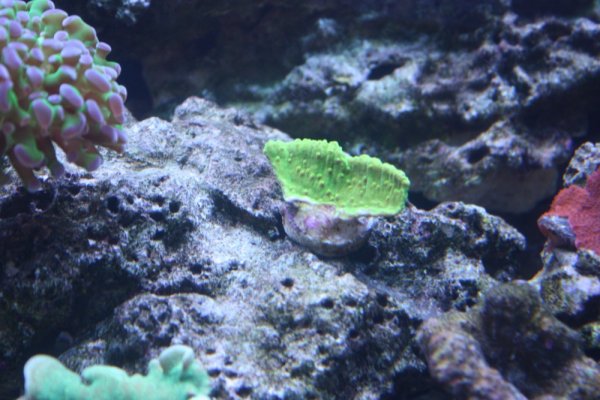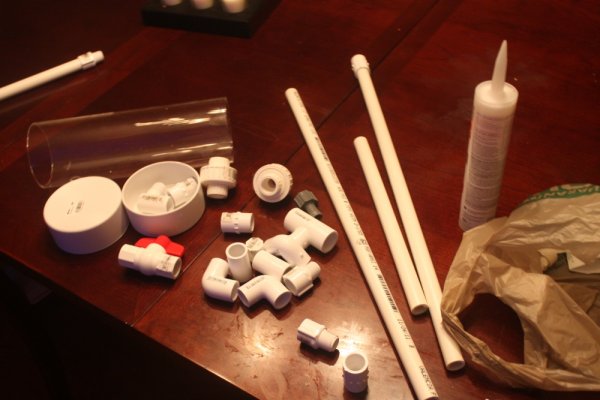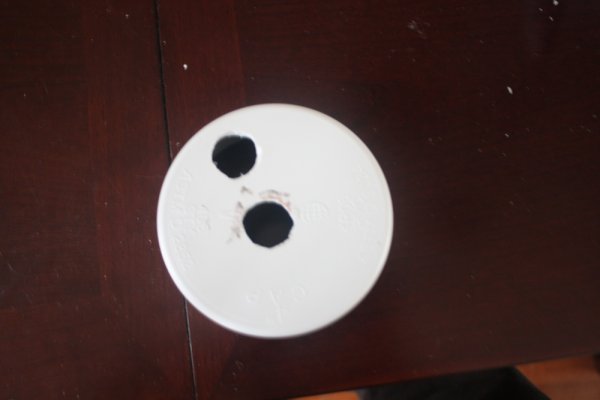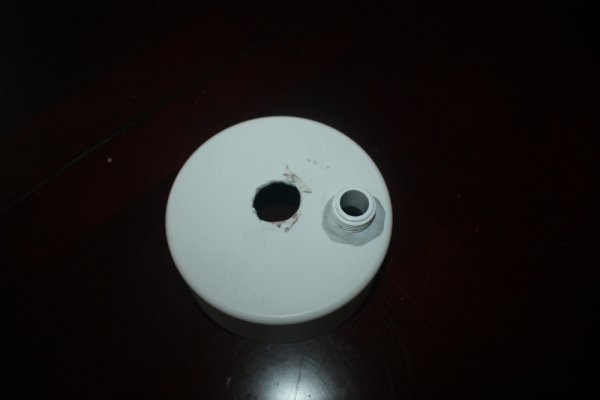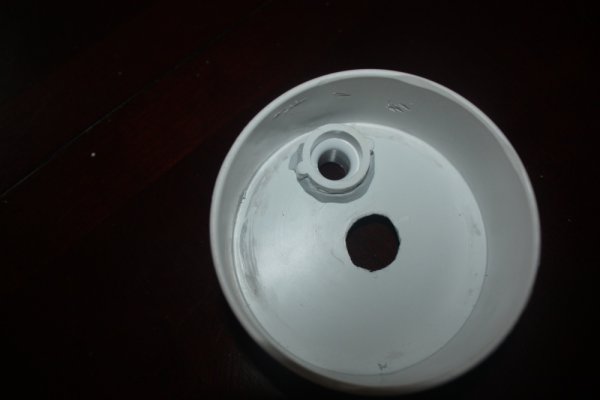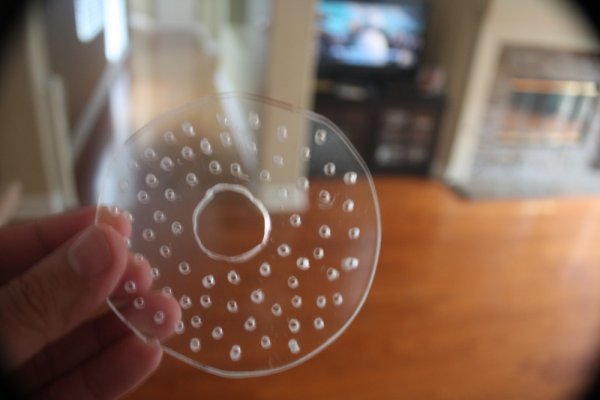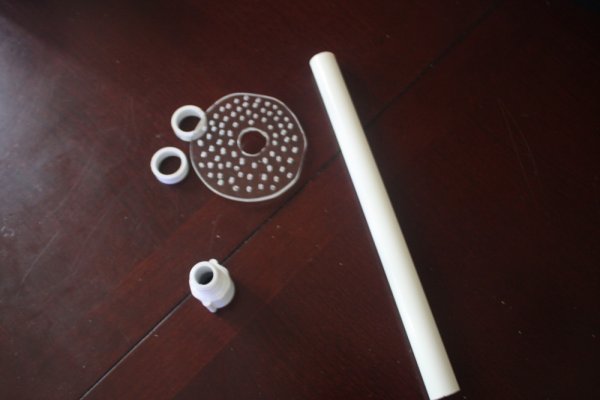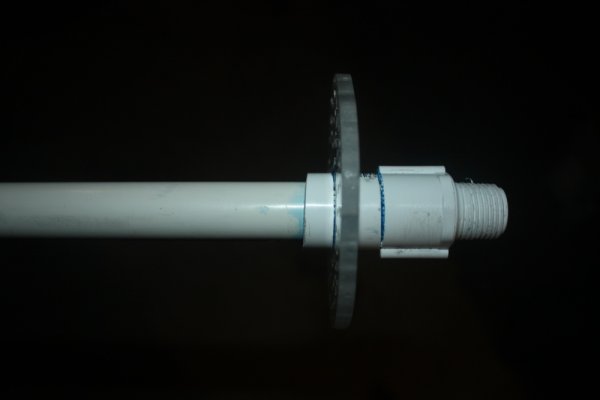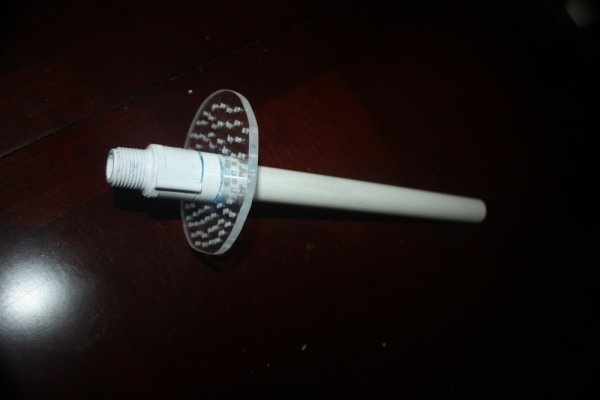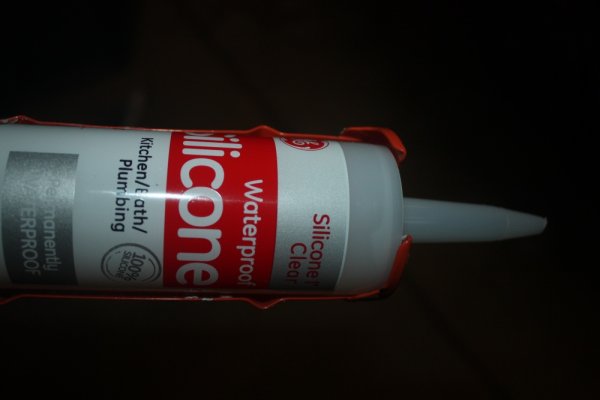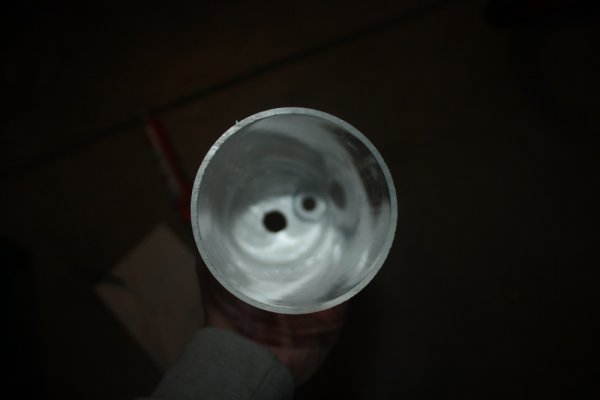redsea
Aquarium Advice Addict
Haven't updated in ages....been too busy I guess.
Finished building my canopy and ended up getting an 8 bulb t5 fixture. I ended up going with a 48" fixture instead of a proper 60" for my tank. I didn't like the 60" bulb selection at all. That and the 48" fixture was nearly half that of the 60".
My sump tank ended up cracking x-mas day. Found out I made the baffles just a tad bit wider than the tank. It was such a snug fit i probably could have done without silicone. After I noticed a small crack on xmas i bought a new 40G breeder and sanded down the baffles so no pressure was on the glass.
I've been adding corals slowly but surely since getting the lights set up. I'll need to start dosing soon. Debating on Kalk or maybe a 2part. Not sure which route i want to go.
Enough rambling...here's a couple updated pics so far:
FTS:
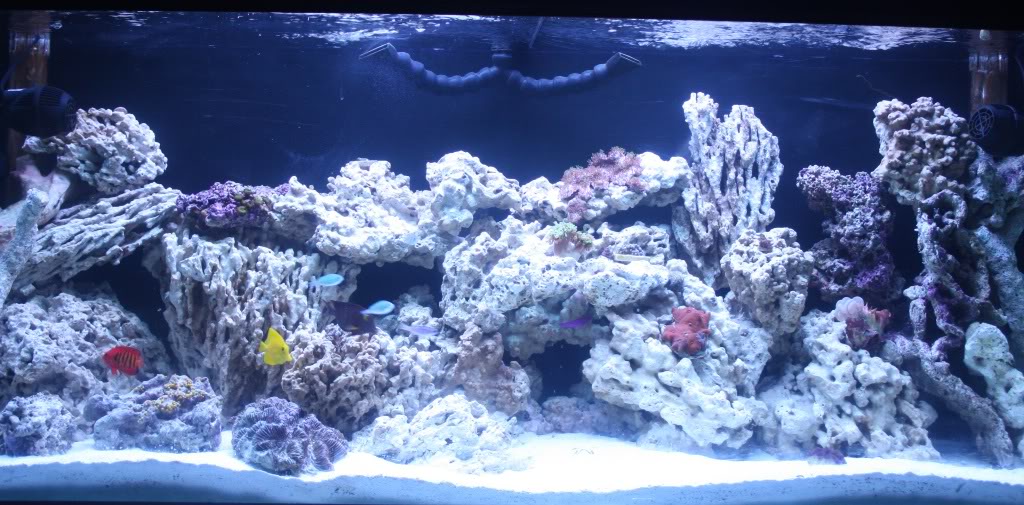
Another shot:
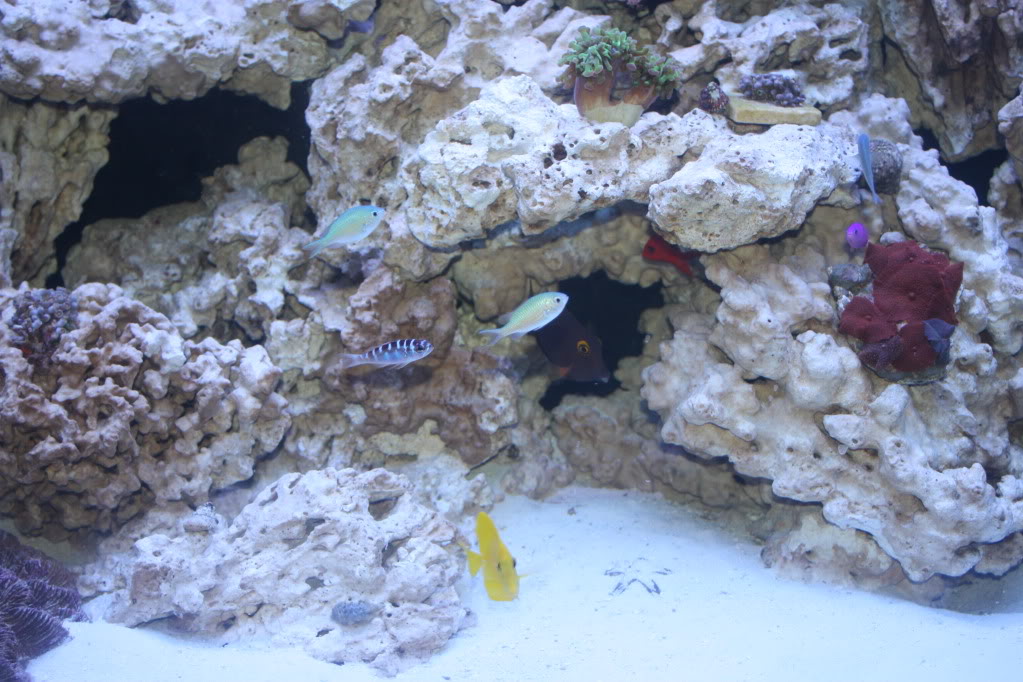
So far, I've got the following in my tank:
Yellow Tang
Yellow Eyed Kole Tang
Flame Angel
3 Blue Green Chromis
Purple Dottyback
Starry Blenny
Paired Pink Spotted Watchman Goby & Pistol Shrimp
Blue Dot Goby
Chalk Basslet
Blue Crocea Clam
Assorted shrimps/CUC
Corals
To round out the tank/ future fish:
2 Designer Clowns (Next Week)
Fathead Sunburst Anthias
Purple Tang (If bioload permits)
The tank looks fantasitc, nice and bright. I really like the fish selection!

